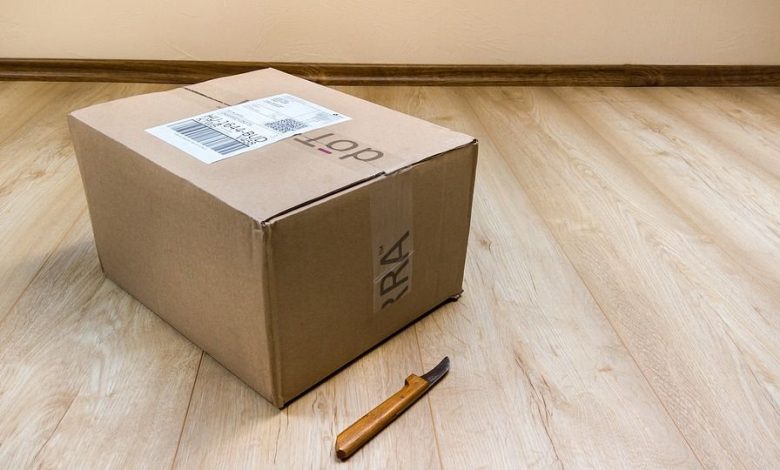How to create your own packing system for moving

Packing is the most time-consuming process during moving. There are a lot of tips on the Internet on how to pack your properties. Hiring the professionals from the moving company, you can be sure that they’ll pack everything properly. If you need to do it by yourself, you have to create an effective system of packing your stuff and customize tips from the Internet according to your needs. Here are some aspects on what to pay attention to for making your own system of packing.
Calculate how many days you have until the Moving day
Understanding the exact amount of days you have before the important move-out date is the first step in creating a packing system that will work well for you.
If you have around 4 weeks before the moving day, you should be able to pack all of your belongings on your own without any worries. If you have 2 weeks, it is still enough for packing everything for your upcoming move, but you’ll need to be really organized. Packing in 1 week is quite challenging. It is not enough time to pack everything by yourself, but with a little assistance from your pals, you can still manage it.
Customize a general Packing Timeline
The best packing advice is to use a generic packing timeline that instructs people on what to pack first and what to pack later, and then adapt that packing calendar to meet your particular needs.
Create a calendar to help you stay informed about the tasks that have been completed and those that still need to be done.
What you can change in general moving calendar so it meets your needs:
- remove any items that don’t belong to your property;
- add things that you need to pack, but they are not in the calendar;
- modify few items in the packing calendar.
So you need to decide how much time is enough for you to do one or another task, prioritize tasks and create your calendar.
Start working on your packing tasks without delay
One of the biggest mistakes people make while packing for a move is postponing the start of the packing marathon. Packing takes the most time during a house move, therefore you should do everything in your ability to start packing as soon as you can.
Purge your home of any unwanted items
Moving as few things as you can is the best strategy for packing. The key here is to get rid of whatever you don’t need in your home before beginning the packing process. You can donate some stuff for charity, sell on the Internet or just ask your family and friends if they need something from your belongings.
Have the packing supplies ready
Time is extremely important while preparing a home for relocation. And for this reason, you must prevent any packing delays caused by a lack of packing supplies.
To keep the packing fast and improve its result, prepare the necessary packing materials in advance. Make sure the cardboard boxes, extra bubble wrap and packing paper are prepared.
Use the room-by-room packing strategy
To maximize your productivity when packing for a move, follow the room-by-room packing strategy. Your house-packing process will be more organized, if you do it in this way.
Packing room by room you will know exactly what boxes you need and when. As you’ll be moving light but bulky items (like clothing and bedding), you’ll need to get bigger boxes ready while packing up your bedroom. However, you’ll require a lot of smaller and more sturdy boxes once you start packing in the kitchen.
Start from the toughest rooms to pack
Always begin with the storage areas, which are the hardest places in the house to organize and pack. This is because you will probably begin with plenty of energy and motivation, so it’ll be easier to work on areas like the garage, basement, attic, spare rooms, and closets.
Break up the entire packing process into mini-jobs
There is one more thing you can do to make packing easier than it actually is. Divide the entire house-packing process into manageable tasks. One of the most difficult jobs you’ll have to complete is packing your kitchen because there are so many kitchen-related goods in that room. However, you can break up the kitchen packing into a number of smaller and easier tasks. For example, pack glass, then ceramics, then food items.
This way, each time you complete a mini-task, you will feel satisfied that you are actually moving forward and you will have motivation to continue.


